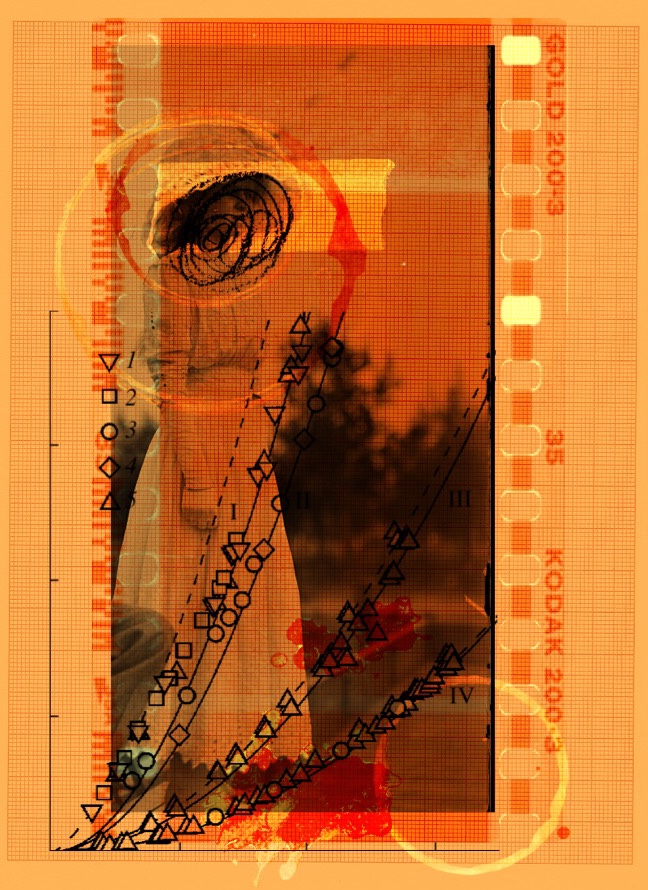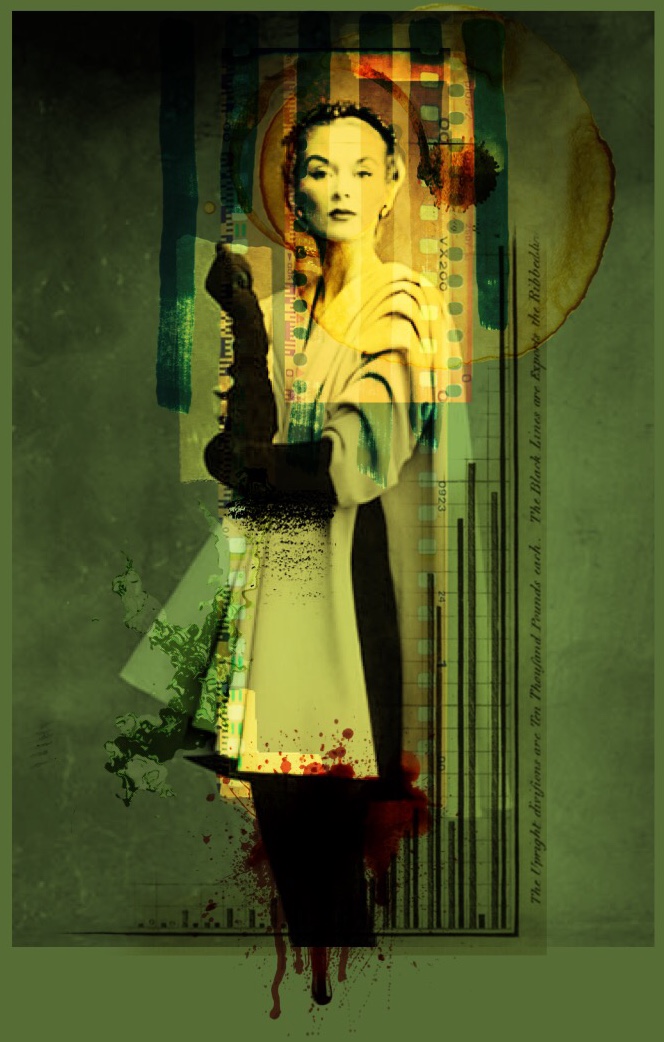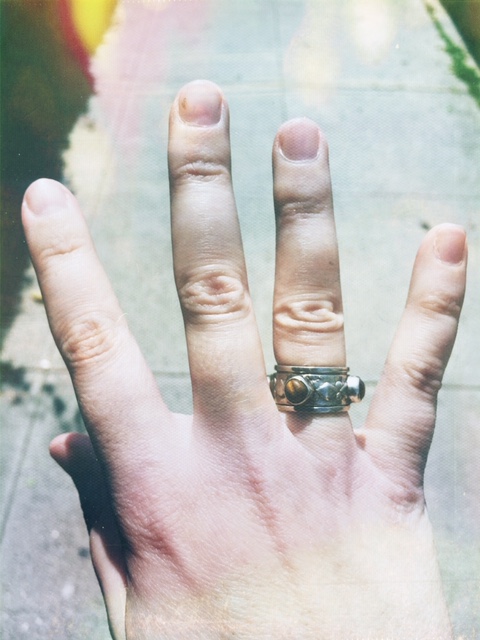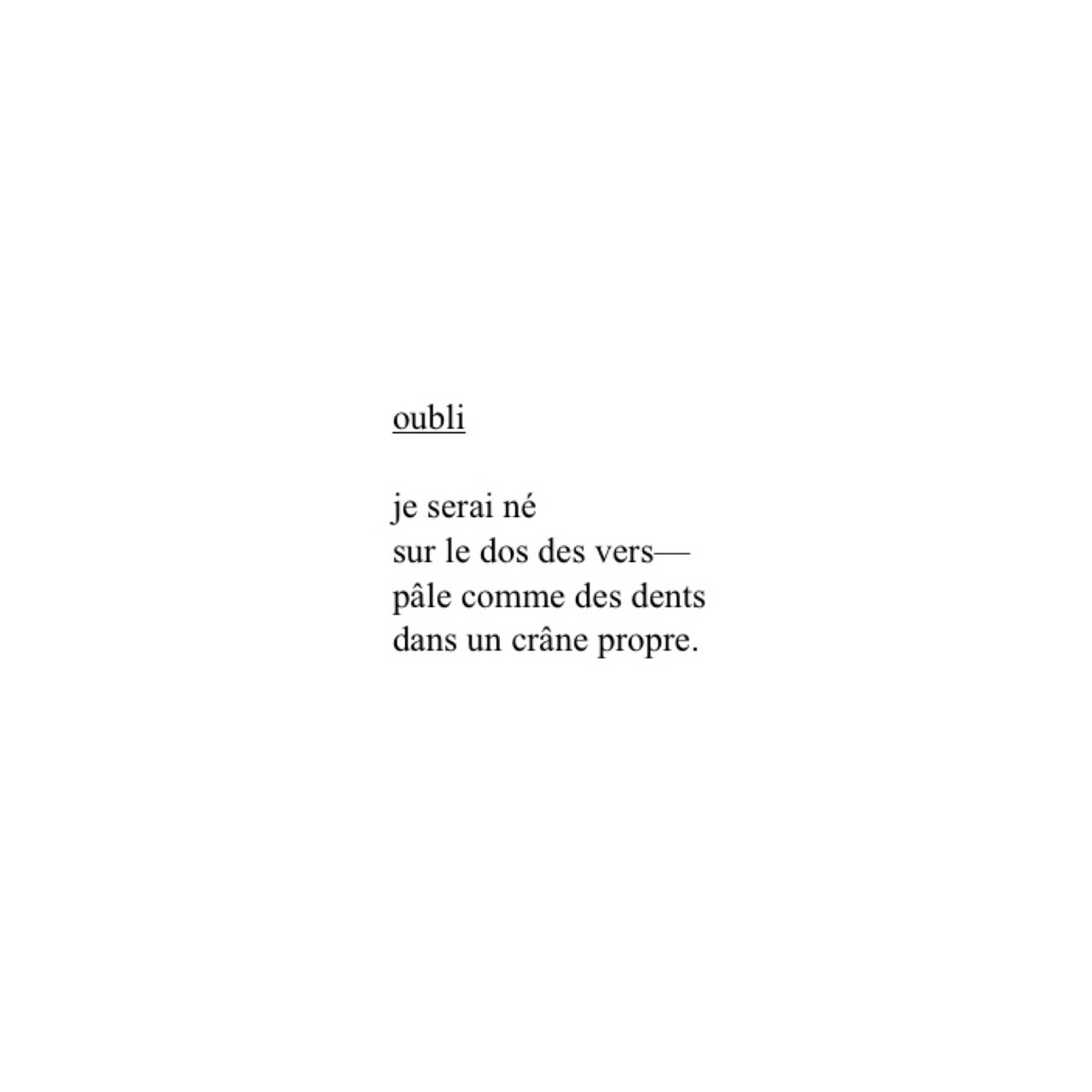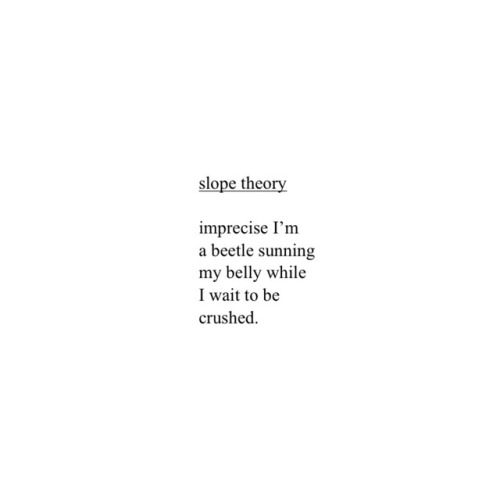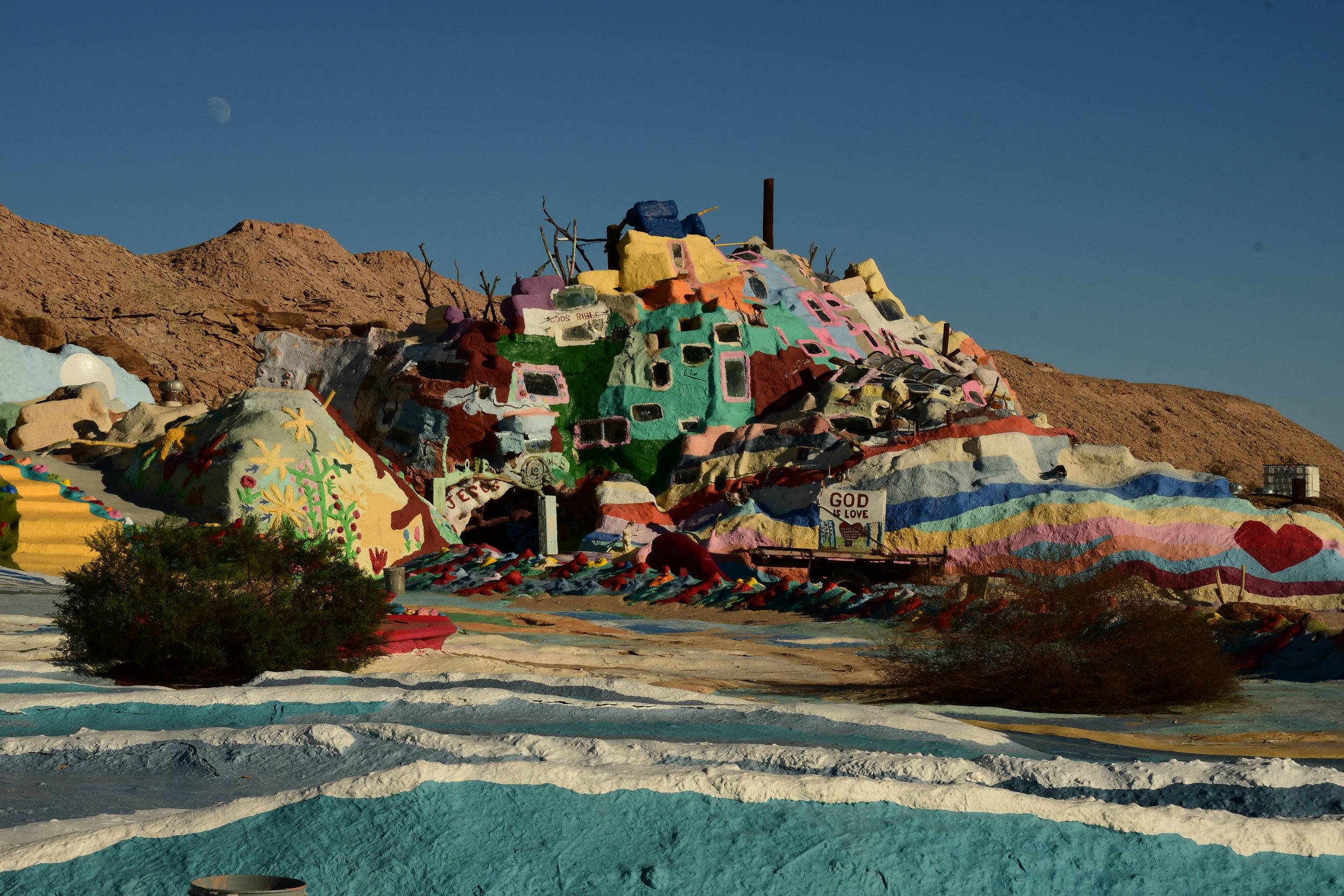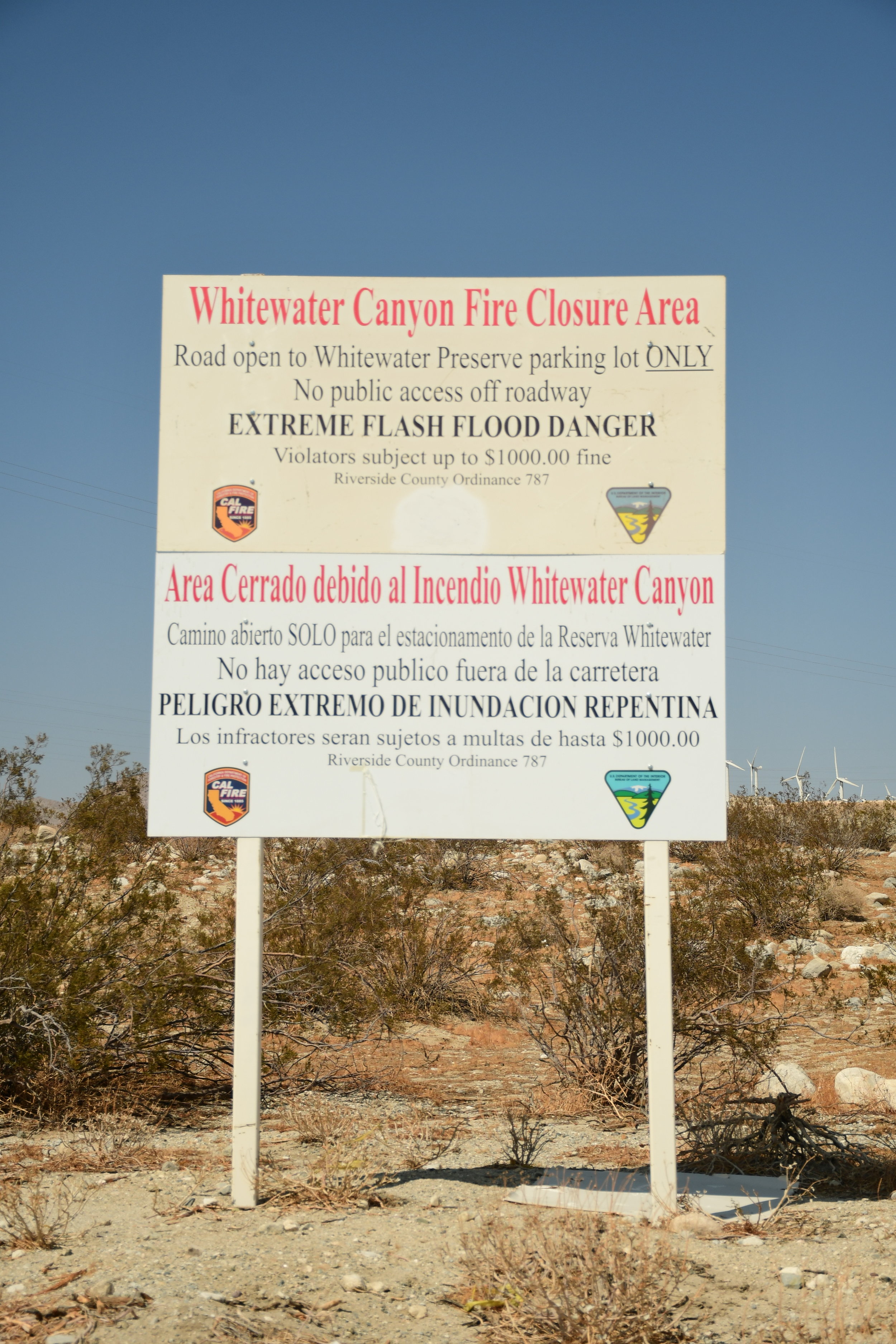digital iphone collages, may 2019
two faces
joshua tree
joshua tree national park straddles both the colorado desert & the mojave desert in eastern california. the park was originally declared a national monument in 1936 & re-designated a national park in 1994 after congress passed the ‘california desert protection act’. taking up nearly 800,000 acres, the park itself is slightly larger than the state of rhode island. joshua tree is named for its trademark vegetation, the yucca brevifolia, which is native to the mojave desert.
death & rebirth
ghosts
untitled (ghosts) self portrait series, 2019.
I’m skin
& bone
& maybe
more.
maybe—
I wanted to be born.
maybe—
I wanted to be a ghost?
becoming
is slow like
weeds pushing
up through
cement.
but sometimes—
I wear my skin
as a costume.
blooming
I spent the morning a few days ago wandering the California Poppy Reserve, despite almost 35 mile per hour winds! The superbloom happening in Southern California right now, however, was more than worth the chapped lips & wind-whipped hair.
Put together a short video (of very wobbly windy footage) of my explorations. Look for more photos & videos from this gorgeous adventure on my instagram in the coming weeks.
+++
The Antelope Valley California Poppy Reserve in Lancaster, California is home to the most consistent blooming of the state's flower, the California poppy. The department of California State Parks does not water or stimulate the flowers in any way, instead leaving the blooms in their strictly natural state. It is against state law to remove flowers from the site & veering off the established paths can result in a hefty ticket. The traditional blooming season for California Poppies is mid-February through mid-May.
The so-called "superbloom" of 2019 was caused by an increase in rainfall during the winter months in Southern California. Parking on-site at the reserve, which is currently open 7:00am-7:00pm, is $10 per passenger vehicle, or you can opt to park on the shoulder of the road for free, provided you are at least 100 feet away from the park's entrance.
notes on the body
questions:
-how does the body work?
-what does the body hold together within & without itself?
-what does the body hold?
-where in the body is the ‘self’ located?
further study:
-how can language or thought interact with the physical body?
-how does the body need language in order to exist?
s y m b i o s i s
Read Moreeyes
tiger’s eye
bringer of bright &
light to shadow places.
level headed like
a picture properly held.
solid enough to build
houses but still a kind
of breeze between trees.
Secret History
One afternoon out of sheer curiosity I decided to google the origin story of Los Angeles’ Griffith Park. At first it was unremarkable, a large tract of land donated to the city by a wealthy resident. But it didn’t take much digging to discover the strange & violent history of LA’s most famous public space. I took that curiosity & created this little short documentary exploring the weird early life of this landmark & the man who made it possible.
You can read the full narration text plus additional information (there was too much weird stuff to fit into just one 3 min video!) in my earlier blog post. & remember: the history of your local haunts is often weirder than you can even imagine.
Ashes
red self portrait (2018) + text from ‘lady lazarus’ by sylvia plath.
LA Layers
I’ve spent the last few weeks learning the strange & sometimes sordid history of Griffith Park & it’s namesake, Griffith J. Griffith, for a short documentary I’ve been working on. As is usually the case, much of my research for the film didn’t make it into the final cut, so I thought I’d share it here along with a couple of photographs I’ve been having a fun time “vintage-ing” up. It’s fun to think of LA in a bygone era. The history of this place is especially interesting to me because LA so frequently stands in for somewhere else. Sometimes I think that means we forget it has its own quirks.
Griffith Park’s initial 3015 acres were donated to the city of Los Angeles on December 16th 1896 by the wealthy industrialist Griffith J. Griffith. He had originally purchased the land to host an ostrich farm which he intended to use to lure Los Angeles area residents to his nearby housing development.
Born in Wales in 1850 Griffith immigrated to the united states at age 15. By 1873 he was living in San Francisco & managing a local publishing company. In 1878 he became a mining correspondent for a local newspaper. He would eventually use his knowledge of mining to amass a large fortune, estimated to be upwards of 1.5 million dollars at the time of his death.
Married to Mary Agnes Christina Mesmer in 1887, he had one child, a son born in 1888.
Well known for his philanthropy, he donated the land for his eponymous park as what he called a “Christmas present” to the city. Stipulating that it must be “made a place of rest & relaxation for the masses,” Griffith told the City Council “I consider it my obligation to make Los Angeles a happy, cleaner, & finer city.”
On September 3rd 1903 his pristine reputation was tarnished when, while vacationing in Santa Monica, he shot his wife Mary in the head. The shot did not kill her, but she was permanently disfigured & lost her right eye. Griffith was charged with assault with a deadly weapon with intent to commit murder. During his trial Mary revealed in her testimony that Griffith, who was generally thought to be a teetotaler, was actually a secret alcoholic who had frequent paranoid delusions.
He was found guilty of the lesser charge of assault & spent just two years in prison for the crime. During his incarceration, Mary was granted a divorce on the grounds of cruelty & full custody of their son. As part of the settlement, the court required Griffith to pay for the boy to attend Standford University. Mary Griffith’s divorce decree was awarded after a record breaking 4 minutes of deliberation.
In 1912, Griffith donated a large sum of money to the city of Los Angeles earmarked for the construction of an observatory, theatre, & children’s camp in the park. Because his conviction, the park council refused the donation on moral grounds. The money, however, remained in a trust until it was eventually used for the construction of the Greek Theatre in 1930 & Griffith Observatory in 1935. The theatre was initially underused & spent some time as a barracks during World War II. Griffith Observatory is perhaps one of the most well known projects of the Works Progress Administration—the New Deal project begun by FDR in the wake of the Great Depression. The observatory’s famous Astronmer’s Monument was built in connection with the Public Works of Art Project, a division of the WPA which specifically sought to employ artists for the “embellishment” of public buildings. One of the five sculptors on the project, George Stanley, was also the creator of the now infamous Oscar statuette.
Throughout his life Griffith frequently used the title “Colonel”, though there are no official military records of his having achieved this rank. His only record of service was with the California National Guard.
Griffith J. Griffith died of alcohol related liver disease in 1919, leaving the bulk of his fortune to the city of Los Angeles. He is buried in Hollywood Forever Cemetery.
Griffith Park is one of the largest urban parks in the United States.
the end of the world as we know it
Last year I wandered out into the California high desert with the idea to shoot a little silent film taking place after the end of the world. Lucky for me, my extremely talented friend Alex Elliott also thought a day climbing around an old lava flow in the middle of nowhere covered in dirt sounded like a good time & so this little film was born. My first effort at filmmaking with my Nikon DSLR—I learned a lot about exposure, wind noise, & how to get creative & shoot around large quantities of hikers to make a very busy area look abandoned!
Finite follows the last person alive after an apocalyptic event has eliminated the rest of the human race. Alone & wandering the empty landscape for over a year she has finally decided to take control of what remains of her life. More info>>
Thanks for watching & please let me know what you think!
notes on ocean healing
el matador beach, malibu
the ocean is angsty today. churning & brown like dirt & dried blood.
the wind blows me about like a strip of burnt fabric.
the sea birds eye me warily.
I’m wary too. raw like the charred branches left behind as skeletons in the most recent fire. I let the salt waves slip over my feet—healing I think.
I have three crystals for my heart. I let the ocean cleanse them.
may the salt purify our wound.
I walk back to my car barefoot, picking around the broken glass & sharp edged rocks. I am sharp. I’ve broken off a long forgotten bottle. the soles of my feet anticipate the prick of sudden pain. I keep walking.
I remember walking barefoot & sandy alongside the rocky road between the beach & my grandparents cabin as a child. tired & parched from the cold sun. my skin pinked from the chill of pacific. the solitary cold didn’t bother me then.
2 Years
Since February 2017 I’ve been writing a new poem every single day. Recently I’ve been thinking about when & how my poem-a-day project should end & I think two years is a nice symmetrical number. 730 total poems. Today is the day. Poem-a-day is done!
The project initially began because, after I finished my MFA, I felt like I wasn’t being creative enough in my daily life, & my creative muscles were shrinking. The poems became little warm up exercises for my poet brain, just to get the juices flowing. As an avid journal keeper I’m used to processing life events through words, but the poems also gave me space to examine the things that happened to me over the past two years. Really they gave me space to think & chew on ideas.
I like to joke that 99% of the daily poems are terrible. They were more about the process of doing & practice than being any “good”. But I do still have my favourites. The poem-a-day tumblr will stay up at poemadaydoctoraway.tumblr.com if you feel inclined to explore it. I’ll continue writing poetry of course, & have reserved a highlighted instagram story for new compositions, @natalie_raymond. Below are some of my fave pieces from the project.
Amoebas
Founded in the 90’s in Berkeley, California, Amoeba Music is the world’s largest independent music chain. The San Francisco location, in the infamous Haight-Ashbury district, occupies over 24,000 square feet inside a former bowling alley. Opened in 2001, the Hollywood location on Cahuenga & Sunset Blvds instantly became a landmark, with its distinctive architecture & entire second floor dedicated to DVDs.
In 2018 Amoeba Hollywood faced eviction, as land owners decided to tear down the store to make way for a slate of luxury high rises after its lease ends in early 2019. The record giant plans to move to a new, albeit smaller, location nearby in Hollywood sometime this year.
Observations
Begun as a WPA project in 1933, Griffith Observatory opened to the public in the spring of 1935. in accordance with the will of its benefactor, Griffith J. Griffith—who donated the surrounding 3000 acres of land to the city of Los Angeles in 1896—admission to the observatory is, & always has been free. Upon its completion, Griffith Observatory was only the third planetarium in the United States. Closed for major renovations from 2002 to 2006 the observatory is one of the most recognized landmarks in Los Angeles.
Mr. Griffith donated the funds for both the observatory & Griffith Park’s Greek Theatre. His donation, however, was blocked by the park council after his image as a philanthropist was tarnished when he attempted to murder his wife in 1903. He would eventually spend only 2 years in prison for the crime. A secret alcoholic for much of his life, Griffith died of liver disease in 1919 leaving the bulk of his fortune to the city of Los Angeles.
the fire
the fire burns against the water
the fire burns against the sea.
I wake in hills surrounded by kindling
I wake in california breeze.
Salvation
Salvation Mountain, deep in the California desert, is what’s known as a “visionary environment” or an extensive art installation intended to express the intense personal experience of its creator. This monument, built & maintained by Leonard Knight until his death in 2014, is built of adobe, straw, & literally thousands of gallons of lead-free paint.
The philosophy of the site hinges on the Sinner’s Prayer, an evangelical Christian term referring to a prayer of repentance. In creating the mountain, Knight felt he had been called by God to share His love.
The site is now maintained by a rag-tag collection of volunteers, most of whom live in the surrounding desert area known as “Slab City”.
Details: Mont Saint Michel
At low tide you can walk all the way around the island of Le Mont Saint Michel in the sticky silt. There are tiny details, from chains & pipes to dead creatures revealed only when the sea is out.
Whitewater, CA
A census-delegated place in California’s Riverside county, Whitewater began as a watering stop for travelers on the Bradshaw Trail between San Bernadino & the Arizona Territory in 1862. Still home to a small population, Whitewater is now known for its trout farm in the Whitewater river canyon.
Due to the effects of recent wildfires, the popular swimming hole in Whitewater river along interstate 10 is closed to the public. But the signs warning of imminent flash flood danger & high penalty fines don’t stop intrepid visitors from jumping in for a refreshing dip.
